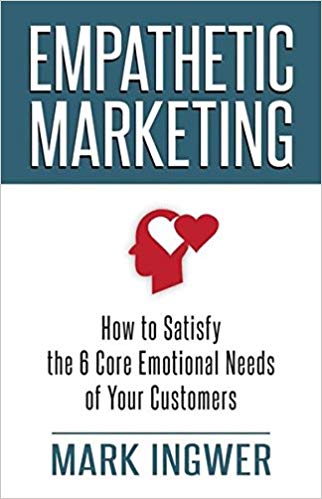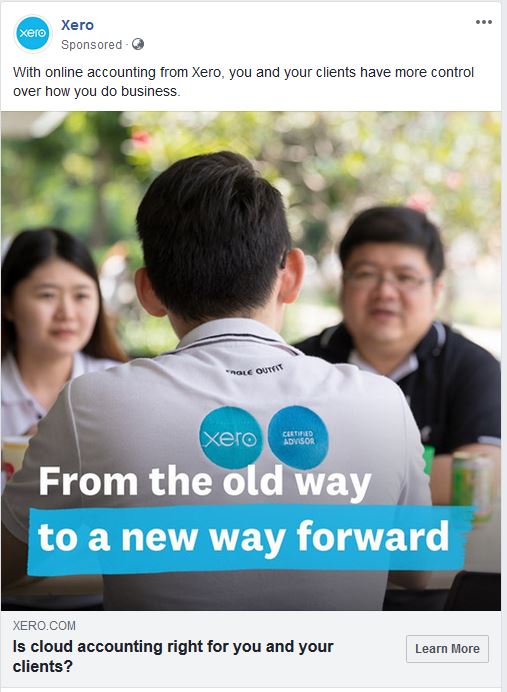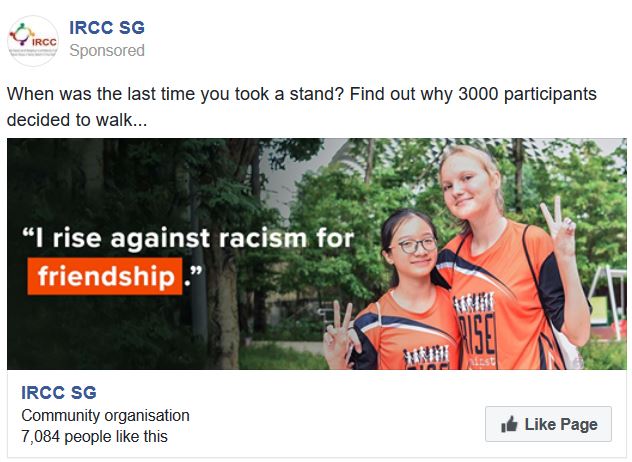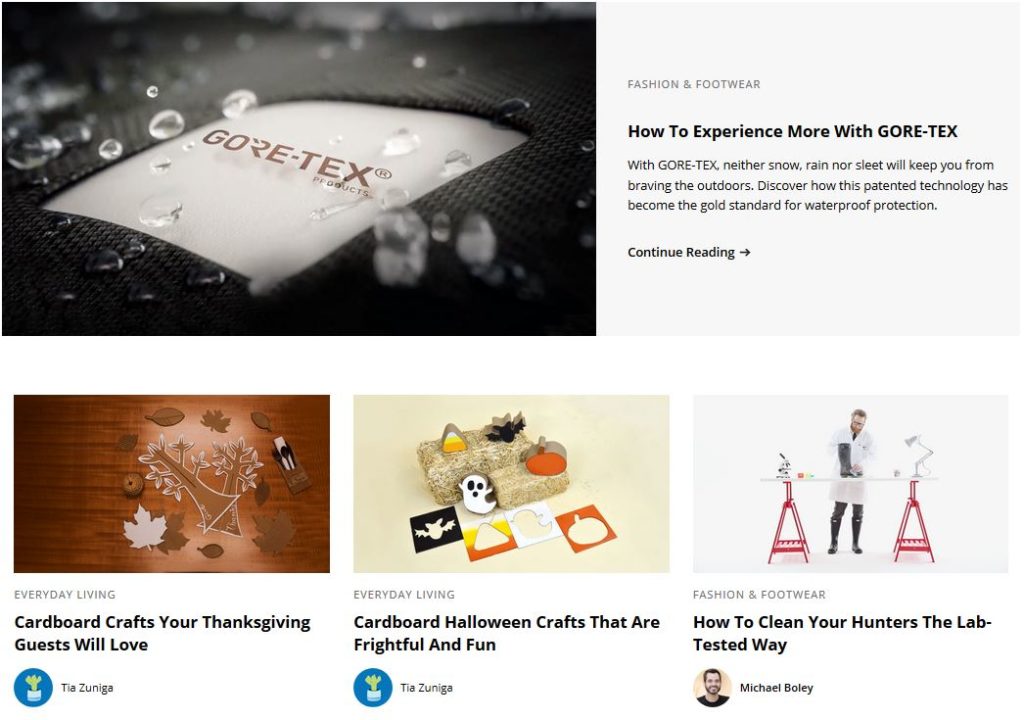
What do your customers really need, want or desire? How can you use content marketing to meet those needs?
That has been the question on every marketer’s lips since time immemorial.
Thanks to Empathetic Marketing by Mark Ingwer, we now have a more accurate framework to distil and discern our customer’s deepest emotional needs.
A business psychologist who spent over 25 years blending psychology, marketing and business, Ingwer analysed the emotional reactions of customers across multiple industries to draw psychological insights.
Let us look at the key ideas from his book, complemented by my own thoughts and examples of how it can be applied.

The Continuum of Needs
One of the best models representing human needs hails from Abraham Maslow. Called Maslow’s Hierarchy of Needs, it comes in the form of a pyramid of ascending higher order needs as lower level basic needs are met.
While this provides a handy way to structure human needs, it may not follow the way humans think.
Sometimes, we may simultaneously yearn to meet both a basic need (like food and water) and a higher order need (like relationship or achievement).
This is where Ingwer’s Needs Continuum comes in.
According to the author, human needs vary from Individuality all the way to Connectedness. Along this continuum, we have different types of needs in increasing orders of connectedness:
- Control
- Self-Expression
- Growth
- Recognition
- Belonging
- Care
To elicit the right emotional response from your customers, you should ‘tick’ at least one of these ‘boxes’ when crafting your content.
By doing so, your content marketing efforts may have a higher chance of hitting your customer’s sweet spot.
#1 Control
The need for control fuels our motivation at every aspect of our lives. When we lose control, we feel insecure, small, and fearful.
Sometimes, we may compensate for our lack of control in one area by reasserting control in another.
When consumers perceive themselves to be in control, they are more likely to be satisfied with the purchase experience, and more likely to purchase out of intrinsic (ie internal) motivation.
To address this, you should help your customers to take charge. Convey to customers that they are in the driving seat, see things through their eyes from step to step, and simplify your after-sales processes.
Examples of Control in Content Marketing
This Facebook ad by Xero Accounting latches on their clients (business owners) need for greater control when they manage their accounts.

Upon clicking on the ad, I come to a landing page which invites me to download an eBook to help my client choose the right accounting software.

By focusing on granting their potential customers greater control, Xero could successfully meet one of their deep emotional needs.
#2 Self-Expression
All decisions in our daily lives are potential vehicles for self-expression. In fact, William Shakespeare famously said that “All the world’s a stage.”
Human beings are hardwired for self-expression, and this can be seen from our art, speech and literature. We don’t just express our identity, but our ways of life. Our sense of self is made up not just of our brains and bodies, but the complex web of symbols like the brands we wear, the objects we own, and so on.
To help our customers meet their core need of self-expression, consider the following:
- Find emotional identity that best fits your product or service
- Build your marketing around that identify or symbol
- Make your products tools of self-expression
- Let customer co-produce and hence express themselves. Give them a role in production.
Examples of Self-Expression in Content Marketing
This Facebook Like Page ad from the Inter-Racial and Religious Confidence Circle (IRCC) is a good example of reaching out to potential fans using self-expression as a goal. The ad triggers the importance of self-identity through both its visuals and text.

This other example from the Dollar Beard Club appeals to men who wish to keep their hedges unshaven. You can see how it appeals to guys who wish to audition for the role of Gandalf, Father Christmas or even the Seven Dwarves here.
#3 Growth
Growth is our need to positively evolve our abilities, competencies, and attitudes in an attempt to better realise our best self.
It is satisfied through intrinsic motivation, ie we need to imagine who our ideal selves are, and take necessary steps to achieve that self. Often, your growth is also motivated by a major life transition like the death of a loved one, marriage, birth of a child, or graduation.
To meet the needs for growth, consider the acronym ERA:
- Empathize: Show your customer that you can see things from their perspective. Step into their world.
- Reconcile: Acknowledge that your standard pitch no longer works. Switch gears.
- Affirm: Help to facilitate your audience’s growth. Meet their motivation with your messages.
You can do so by giving your customers a plan for action, identify their major life transitions, help them become more competent, and assist them in achieving their self-ideal.
Examples of Growth in Content Marketing
Brendon Burchard is a well known motivational speaker and personal development expert who focuses constantly on growth. You can see in his blog and YouTube videos how he constantly challenges his prospects to do better in life with different tips, life hacks and inspirational stories.
Like this example here.
#4 Recognition
Our need for recognition is a universal human drive. All of us wish to be seen, understood and validated as an individual.
Considered the most important of needs, it is equal part ‘individuality’ and ‘connectedness’. It is the turning point by which we come to see how we operate as individuals in an interconnected social universe.
There are three important ways to express recognition:
- Provide care, respect or love
- Validate the person’s achievements within a community
- Extend rights to an individual or group
To do so, consider personalising your content marketing efforts. Identify them as individuals and try to speak to them as a person.
You may also consider ways to provide special rights and privileges to your customers (eg VIP offers), recognise any special needs they may have, and show that you care outwardly.
Examples of Recognition in Content Marketing
The Rolex Awards website is an excellent effort by the brand to recognise outstanding individuals in different communities. You can read inspiring stories of entrepreneurs, social entrepreneurs, and researchers who helped to change the world through their efforts.

#5 Belonging
We are social creatures. All of us have a deep and innate desire to be part of a community and to connect with others.
The need to belong and connect with others deeply motivates us to create and maintain strong social bonds. It is also why many of us feel the need to conform to societal groups.
To help your customers feel that they belong, consider the following steps:
- Enhance their connections with reference groups (eg interests, professions, religious, etc)
- Observe their group’s behaviours, follow their standards of behaviours and norms
- Cater services to their group
- Use social media communities to connect with them
- Organise face-to-face gatherings at the right places
- Identify existing groups that you can partner with
Examples of Belonging in Content Marketing
Uber Facebook video star Nas Daily consistently uses the theme of belonging to resonate with his audiences and connect with them on a daily basis. All of his videos seek to promote better understanding and global harmony, while building a fiercely loyal community around the world.

Another great example of showing belonging should go to Burberry. Their website The Art Of The Trench invites customers who own their trench coats around the world to upload a photo of themselves wearing those fashionable togs.

#6 Care
A fundamental human need, care and affection may sometimes be more important than food and shelter.
The physiological and psychological benefits of care are evident. When we are around people who are for our well-being, our stress levels drop, immune systems improve, and we feel better.
In the world of commerce, customer care has become a buzzword. To truly extend care to your customers, you need to weave it together with empathy.
Don’t just do the talk – show the care. Here are ways to do so:
- Provide rapid, personalised responses to customer problems and complaints
- Demonstrate pleasure in interacting with customers
- Offer unexpected gifts when appropriate
- Let customers care for your business by offering better discounts for long-term customers
Examples of Care in Content Marketing
Zappos is legendary for its customer care. The company offers a 365 day return policy for its goods, and upgrades its customers to free overnight shipping whenever it can.
But what caught my eye too was its focus on customer care on its Beyond the Box blog. Have a look at some examples of the articles and stories which they publish. Most are focused on helping their customers to be better at what they do, and are dripping with empathy.

Conclusion
In today’s fast-paced digital world, it is easy to lose sight of your customers and why they purchase from you.
While it is paramount for our content marketing efforts to catch the attention of our prospects, it is more important for us to meet their unspoken and hidden needs.
Begin by addressing the six core emotional needs: Control, Self-Expression, Growth, Recognition, Belonging, and Care. Doing so over the long-term will significantly improve the quality of your content marketing efforts, and its outcome.
